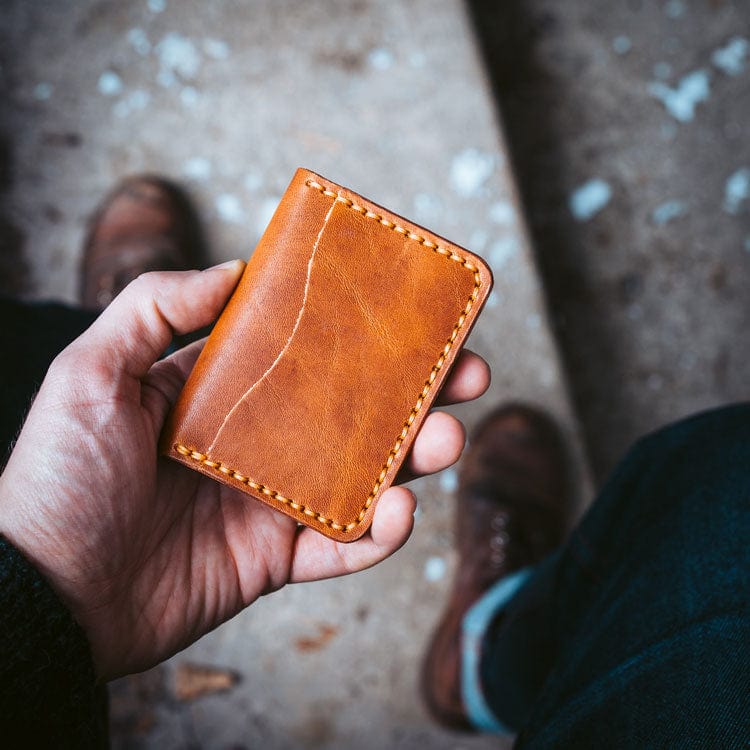Leather Weight and Thickness

When describing leather, weight and thickness go hand in hand. Leather weight generally refers to the thickness of the leather.
That’s because leather’s weight is not defined by how much a hide actually weighs but how thick it is.
There are three primary units of measurement of leather across the globe:
Irons
It’s an older unit of leather measurement that was used mainly by cobblers in shoemaking. It’s not so common today in leatherworking, although you’ll find a few who are familiar with it and still consider it a valid measurement unit.
When developing this measurement standard, it’s believed that pieces of real iron with the same thickness were used.
This was to ensure leather thickness across the globe marched and that everyone could rely on its accuracy and potentially confirm the stated thickness if they had the irons themselves.
Thickness (millimeters or inches)
A millimeter is the most popular unit of measuring leather thickness worldwide. It’s easy to use since no conversions are needed; a 0.2 mm thick leather will simply measure 0.02 mm.
Since it’s the most popular standard, it’s commonly understood and doesn’t need an explanation.
Weight (ounces)
Ounce is the most widely used unit of measuring leather in North America.
This is mainly because the garment and textile industry provides the fabric measurements in ounces.
Measuring leather in ounces is thus ideal since it gives manufacturers and designers an idea of the material’s density and thickness.
In the textile industry, a fabric’s weight is calculated by cutting a square piece of 1 yard by 1 yard and then weighing it in ounces.
But since leather is thicker and denser than most fabrics, its weight is calculated using a square foot by a square foot of the material.
A section of the hide varies typically from another in thickness due to factors such as how the hides are split, original scars and imperfections, and the chemicals used during tanning.
This variation is normal and unavoidable due to the nature of leather. That’s why a standard was developed across the industry that the leather weights should be given in ranges like 5–6 oz, 2–3 oz, and so on.
With all the variations it is crucial to know what each leather thickness is most ideal for. Generally, the heavier the leather, the stiffer it is; hence, it will hold its shape and can be curved, molded, or held up.
On the other hand, the lighter the leather, the more malleable and flexible it is. Hence it’s more able to drape elegantly and will pull or fold when put down.
Some weights are best suited for particular leather products, and they may change the overall look and feel of a leather good if used inappropriately.
Below are a few leather weights and their common uses.
| Leather Weight (oz) | Common Uses |
| 1–2 | Camera straps, watch bands, bookmarks, thin wallets, linings |
| 3–4 | Wallets, pouches, molding and embossing |
| 4–5 | Notebook/Journal covers, boots, keychains, pen cases |
| 6–7 | Pocket armors, heavy boots, heavier notebook covers |
| 8–9 | Tote bags, saddle bags, belts, guitar straps |
Related Terms for Leather Weight and Thickness

Written by Ryan Popoff
Ryan Popoff is the creative mind behind Popov Leather wallets, iPhone cases, belts, watch bands and journals since 2013. With a Bachelor Degree in Fine Arts, my leatherworking journey began at home. I wanted to create a simple leather wallet that could fit into my front pocket and — to my delight — it was a hit with family and friends. Hopefully you love our honest, quality leather goods too! Read more







































